
Shoppers have continued to flock to the discounters to cope with soaring grocery bills as volumes in supermarkets tumble, according to latest market data.
Aldi and Lidl continued to gain market share in the 12 weeks to 25 February and registered sales growth of 25.6% and 21.1% respectively, NIQ revealed.
Market share in the 12-week period moved to 11.4% for Aldi and 9.2% for Lidl, up from 10% and 8.4% a year earlier. Tesco fell back to 26.5%, Sainsbury’s dropped to 13.9%, Morrisons moved down to 8.2% and Asda held steady at 12.5%.
Total till grocery sales increased 11.1% in the four weeks ended 25 February, up from the 7.6% recorded in January.
However, the rise was below the 14.5% level of inflation recorded by Nielsen last month, with volumes declining 4.1% as shoppers employed varying coping strategies to combat higher prices.
As well as the growth of discounters, Nielsen recorded an increase in the convenience channel, with store value sales up by 8% and volumes up 1.4%.
“Discounters’ sales continue to accelerate, and we currently have the fastest growth in this channel over the last decade,” said Mike Watkins, NIQ UK head of retailer and business insight.
“With food and drink inflation not expected to slow just yet and shoppers paying more for all essential items (including their energy bills) we can expect lower prices – in particular supermarkets’ own label ranges – to be the key messaging from all retailers over the next four to six months.”
He added: “Promotional spend continues to be low and stable at 20% of all fmcg sales, with longer-term price cuts and price locks now favoured by retailers and preferred by shoppers to short-term promotions. This also helps give shoppers more price transparency across different retailers, which is important when prices are increasing.”
Fruit & veg shortages also weighed on supermarket sales growth in February, with total value sales in the fresh produce category up just 1.1%, with a unit decline of 5.4%.
Supermarkets struggled to meet demand for certain products, such as tomatoes, where unit sales declined by 17.6%, with vine tomatoes worse hit, down 28.9%, and peppers down 16.8%. However, value sales for products that were available such as lettuce (13.7%) and cucumber (31.8%) increased.
Despite the overall squeeze on purchasing power, there was incremental spend for Valentine’s Day and over the February half-term, which helped lift value growth at the multiples in the week ended 18 February to 8.2%. There were year-on-year sales increases for boxes of chocolates (23%), fresh roses (20%), mixed floral bunches (14%) and sparkling wine (4%). Many households enjoyed the occasion at home with a ‘dine in’ meal deal.
“Attractive pricing around Valentine’s meal offers gave a boost to some discretionary categories, which suggests shoppers are still looking to trade up for special events and spend on treats and indulgences, provided they can make savings on everyday grocery items,” Watkins said.







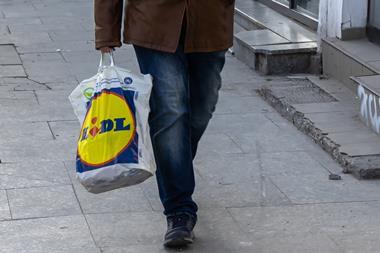
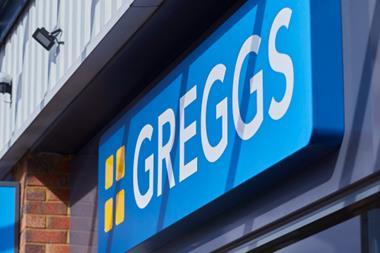

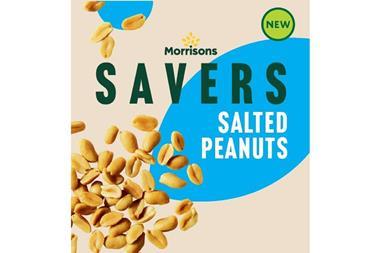

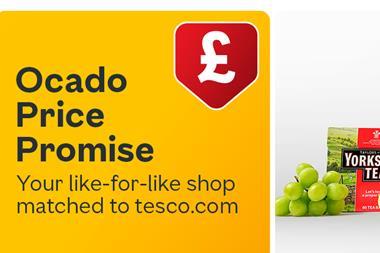
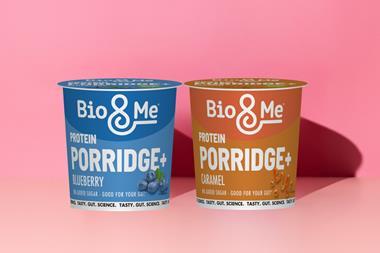
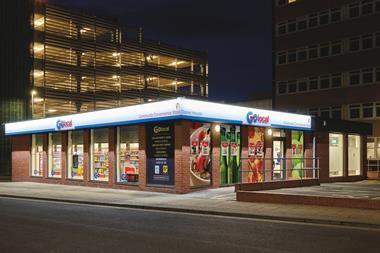

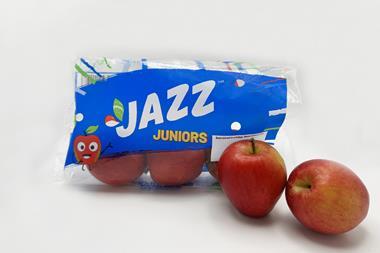
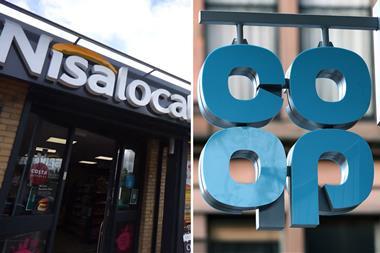

No comments yet